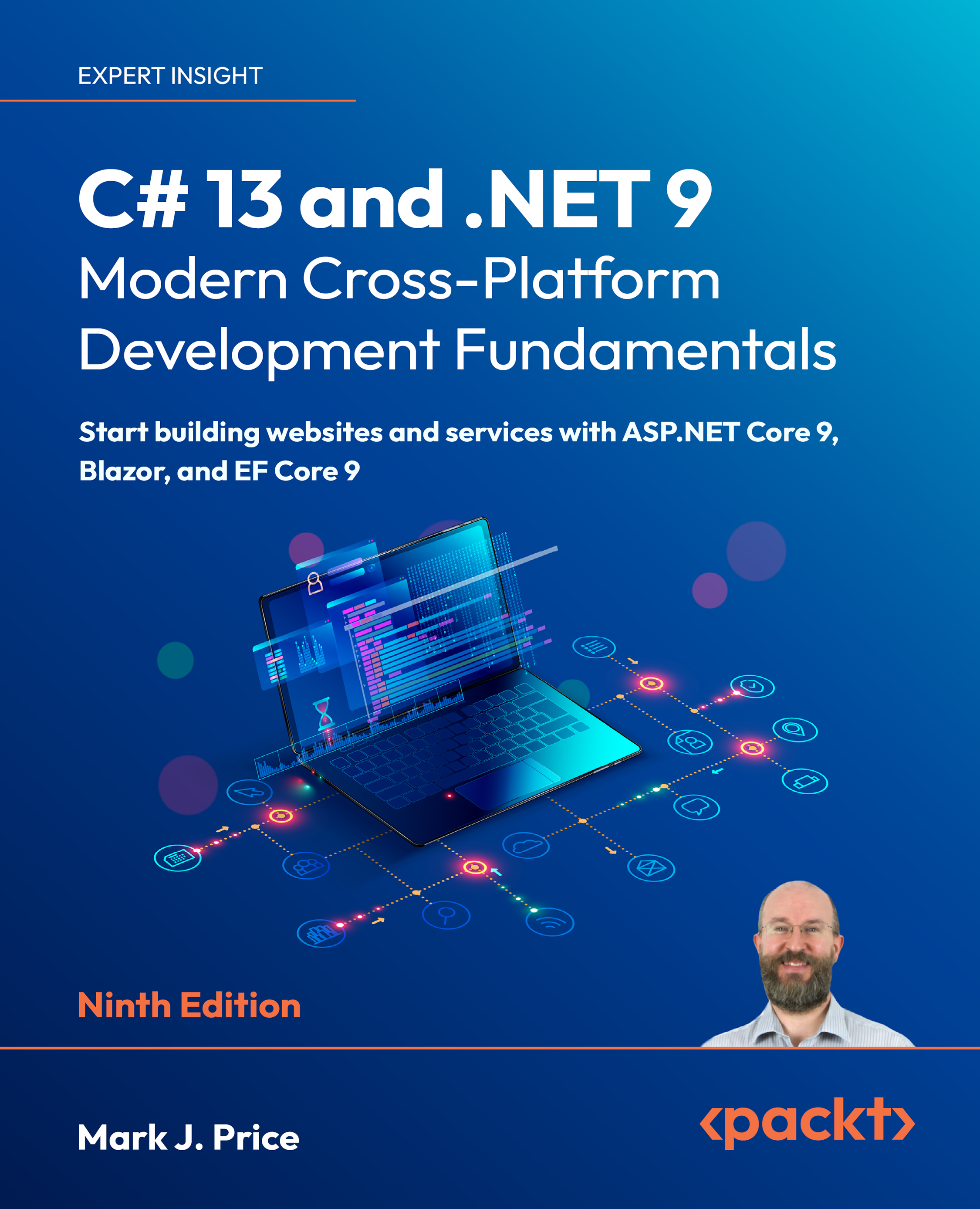It is easy to manage a few containers and their deployment. When the number of containers increases, a container orchestration platform makes deployment and management simpler and easier through declarative prescriptions. As containerization proliferated in 2015, the orchestration platform for containerization also evolved. Docker came with its own open source container orchestration platform known as Docker Swarm, which was a clustering and scheduling tool for Docker containers.
Apache Mesos, though not exactly similar to Docker Swarm, was built using the same principles as the Linux kernel. It was an abstract layer between applications and the Linux kernel. It was meant for distributed computing and acts as a cluster manager with an API for resource management and scheduling.
Kubernetes was the open source evolution of Google's Borg project, and its first version was released in 2015 through the Cloud Native Computing Foundation (https://cncf.io) as its first incubator project.
Major companies such as Google, Red Hat, Huawei, ZTE, VMware, Cisco, Docker, AWS, IBM, and Microsoft are contributing to the Kubernetes open source platform, and it has become a modern cluster manager and container orchestration platform. It's not a surprise that Kubernetes has become the de facto platform and is now used by all major cloud providers, with 125 companies working on it and more than 2,800+ contributors adding to it (https://www.stackalytics.com/cncf?module=kubernetes).
As container orchestration began to simplify cluster management, it became easy to run microservices in a distributed environment, which made microservices-based applications loosely coupled systems with horizontal scale-out possibilities.
Horizontal scale-out distributed computing is not new, with IBM's shared-nothing architecture for the Db2 database (monolithic application) being in use since 1998. What's new is the loosely coupled microservices that can run and scale out easily using a modern cluster manager.
Monolithic applications that used a three-tier architecture, such as Model, View, Controller (MVC) or SOA, were one of the architectural patterns on bare metal or virtualized machines. This type of pattern was adopted well in static data center environments where machines could be identified through IP addresses, and the changes were managed through DNS. This started to change with the use of distributed applications that could run on any machine (which meant the IP address could change) in the case of failures. This shift slowly started from a static data center approach to a dynamic data center approach, where identification is now done through the name of the microservice and not the IP address of the machine or container pod where the workload runs.
This fundamental shift from static to dynamic infrastructure is the basis for the evolution from monolithic to a microservices architecture. Monolithic applications are tightly coupled and have a single code base that is released in one instance for the entire application stack. Changing a single component without affecting others is a very difficult process, but it provides simplicity. On the other hand, microservices applications are loosely coupled and multiple code bases can be released independently of each other. Changing a single component is easy, but it does not provide simplicity, as was the case with monolithic applications.
We will cover a brief history of monolithic and microservices applications in the next section in order to develop a context. This will help us transition to the specific goals of this book.
 United States
United States
 Great Britain
Great Britain
 India
India
 Germany
Germany
 France
France
 Canada
Canada
 Russia
Russia
 Spain
Spain
 Brazil
Brazil
 Australia
Australia
 Singapore
Singapore
 Canary Islands
Canary Islands
 Hungary
Hungary
 Ukraine
Ukraine
 Luxembourg
Luxembourg
 Estonia
Estonia
 Lithuania
Lithuania
 South Korea
South Korea
 Turkey
Turkey
 Switzerland
Switzerland
 Colombia
Colombia
 Taiwan
Taiwan
 Chile
Chile
 Norway
Norway
 Ecuador
Ecuador
 Indonesia
Indonesia
 New Zealand
New Zealand
 Cyprus
Cyprus
 Denmark
Denmark
 Finland
Finland
 Poland
Poland
 Malta
Malta
 Czechia
Czechia
 Austria
Austria
 Sweden
Sweden
 Italy
Italy
 Egypt
Egypt
 Belgium
Belgium
 Portugal
Portugal
 Slovenia
Slovenia
 Ireland
Ireland
 Romania
Romania
 Greece
Greece
 Argentina
Argentina
 Netherlands
Netherlands
 Bulgaria
Bulgaria
 Latvia
Latvia
 South Africa
South Africa
 Malaysia
Malaysia
 Japan
Japan
 Slovakia
Slovakia
 Philippines
Philippines
 Mexico
Mexico
 Thailand
Thailand















